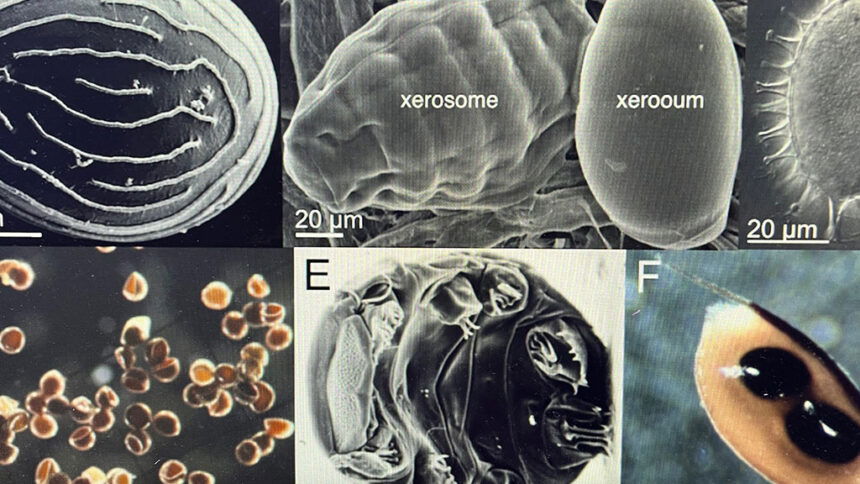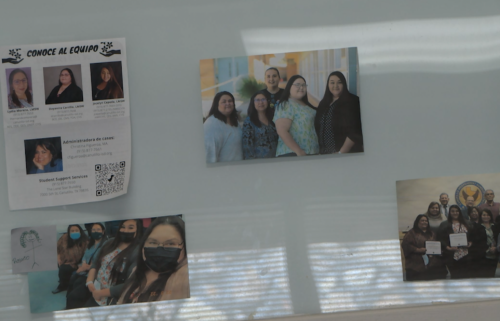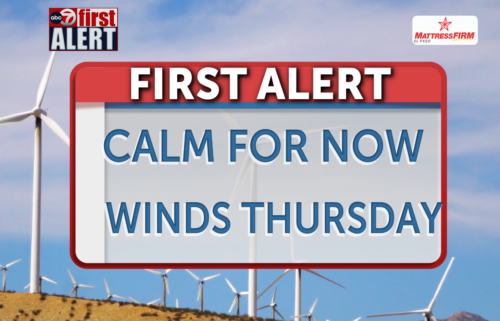What’s on Doppler’s Radar?: Evaluating what’s in our wind and dust storms

EL PASO, Texas – Our windy season will soon be wrapping up. It’s typically June when we can say goodbye to our almost consistent windy days. We’ve had an above-normal amount of wind, dust and dirt this season. But did you realize that our winds blow more than just grit and dust into our mouths?
Doctor Joe Rivas studied our dust storms from 2012 to 2016 while studying for his Ph.D. at UTEP. He wanted to know exactly what we breathe in. Dr. Rivas studied 59 wind and dust storm events and discovered that we take in various dormant stages of eggs, cysts, and other micro-organisms that travel many miles over our desert landscape. It’s not just the everyday dirt, fungal bacteria and pollen. Dr. Rivas says many of these organisms evolve after we have storms and ponding of water for a few days. These organisms will come alive and then lay eggs for the next storm to blow away.
Dr. Rivas says most of these organisms are not really harmful to us unless we have a specific allergy to them. He recommends staying indoors on very windy and dusty days when possible until the storm passes. If we have to be out in the elements, it’s a good practice to wear a mask.




